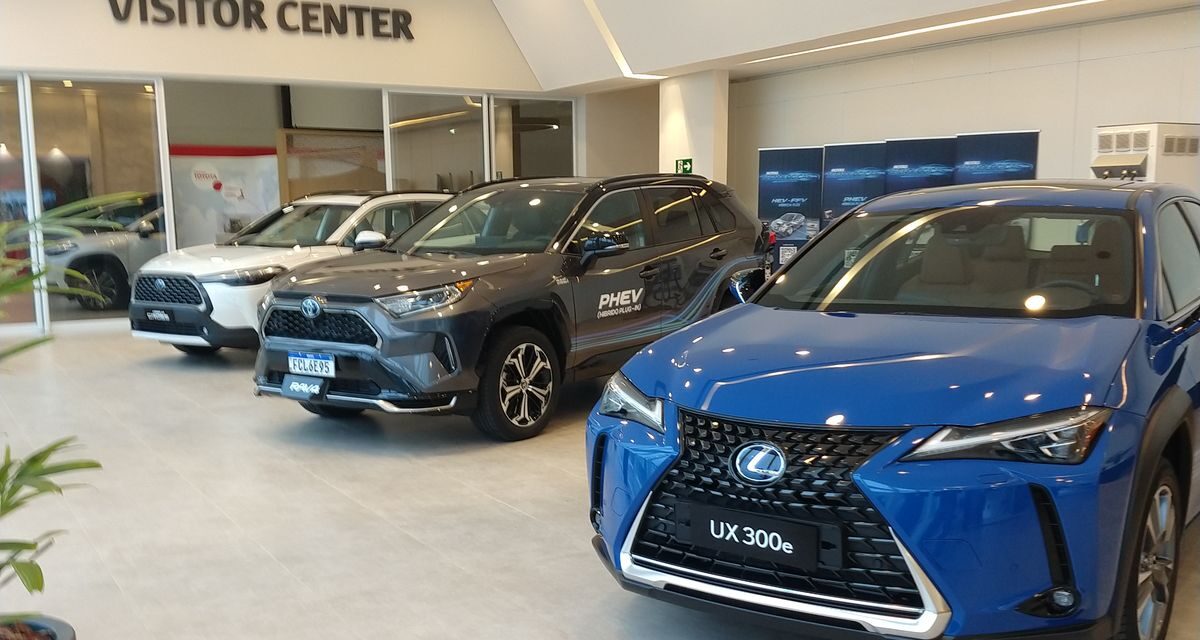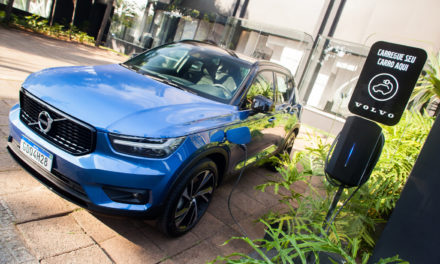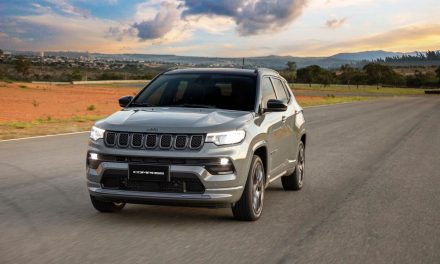By George Guimarães | Translated by Jorge Meditsch
The sport utility vehicles were once more the great stars of the Brazilian vehicle market. With more than 691 thousand units, the category sold 43.8% of all passenger vehicles delivered in 2022 (1,57 million) and more than 35% considering also the light commercial vehicles (1.95 million).
Those are the largest shares acheived by SUVs in the country in all sector’s history, according to Fenabrave’s numbers. The previous record was from 2021. That year, the category did jump from 32.7% in 2020 to 42.9%.
The growth of offer and the consumers preference for those models replicate the behavior of other great vehicle consumer poles worldwide along the last years. One decade ago, in 2012, SUVs were only the fourth largest segment, with 8.9% of the registered vehicles.
That year, the market was led by entry models – the cheapest ones – with 31% of the registers, followed by small hatches and sedans, with 20% and 14% of the sales.
A profile completely different than today’s. Cheaper passenger cars, the main manufacturers’ product along more than two decades, closed 2022 with just 12.9% of the deliveries, the third largest volume. They were surpassed by the small hatches (22.2%). The compact hatches and sedans categories sold less than 8% each.
If entry cars, compact and small hatches and sedans sales shrunk a lot, other segments can be already considered extint. From the 13 categories monitored by the vehicle dealers association, seven had a share under 1%.
Two of them, large and small station wagons, reached a total of 50 units sold. 37 of them a single imported Audi model.
- Salão de Xangai norteia e antecipa oferta também para o consumo ocidental - 28 de abril de 2025
- Mercedes-Benz coloca seu micro-ônibus no campo - 25 de abril de 2025
- DRiV tem três novas marcas globais para a reposição no Brasil - 23 de abril de 2025










